Ambulance Victoria and CFA fight to drop coronial inquest into deaths of Jack Brownlee and Charlie Howkins
The families of two tradies killed in a workplace accident are fighting for answers as Ambulance Victoria and the CFA move to drop the investigation into their deaths.
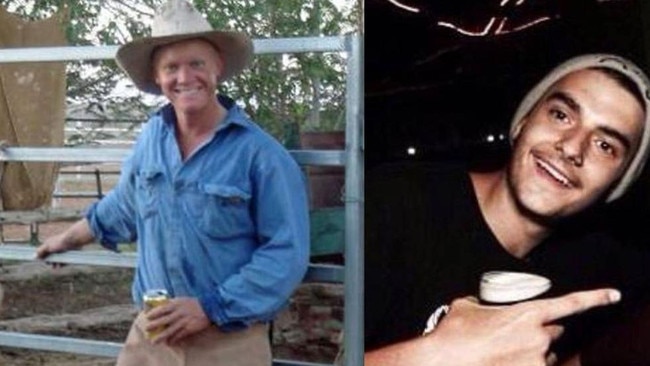
Ballarat
Don't miss out on the headlines from Ballarat. Followed categories will be added to My News.
The families of two tradies killed in a trench cave-in in a workplace accident are fighting for answers as the prospect of an investigation into their deaths being dropped looms.
Jack Brownlee, 21, and Charlie Howkins, 34, were found buried in a caved-in trench by two concreters at the Winterfield housing development in Delacombe, just outside Ballarat on March 21, 2018.
Mr Howkins died at the scene while colleagues spent 2.5 hours digging Mr Brownlee free with their hands, tools and an excavator, but he died in hospital the following day.
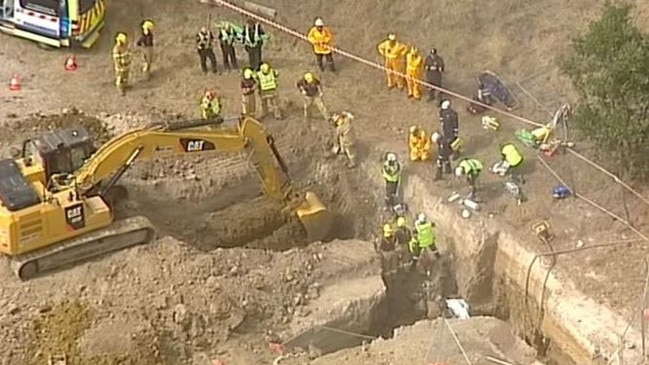
Six years later, Dr Lana Cormie, the wife of Mr Howkins, along with the parents of Mr Brownlee — David and Janine — maintained their calls for a coronial inquest into the deaths of their loved ones
Mr Mr Brownlee’s family lawyer Tim Tobin told the court: “we require a full explanation to what happened”.
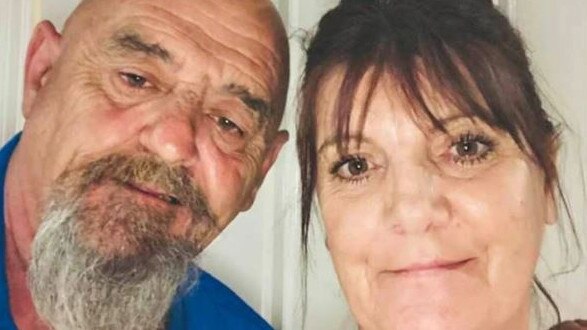
After civil construction company Pipecon pleaded guilty to breaching workplace safety laws and was fined $550,000 in November 2021, Coroner Leveasque Peterson ordered an inquest into the deaths.
The inquest would investigate whether the use of an excavator was safe, whether it may have undermined the rescue attempt, and if it contributed to the deaths of either men.
However, CFA and Ambulance Victoria legal representatives are urging Ms Peterson to drop the investigation, arguing “having another theory put forward by the family” was causing further trauma to the first responders who were present during the incident.
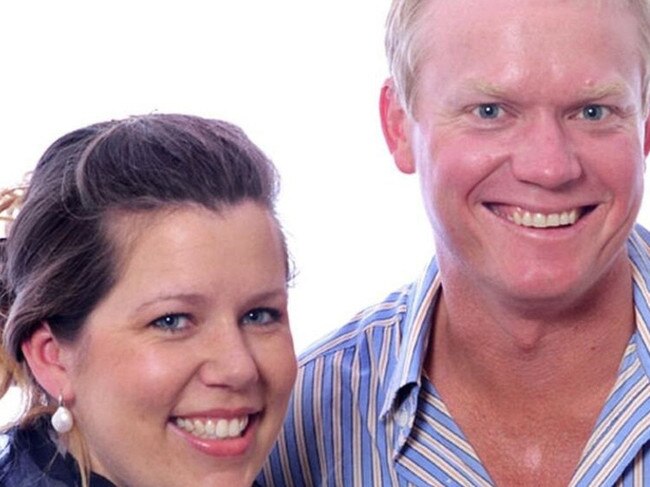
“This is not an opportunity for parties just to come along and ask questions … it does not give rise to a reason for an inquest,” lawyer for the CFA Ms Hodgson said.
Ms Hodgson said “time was a matter of essence” to try and save Mr Brownlee and first responders acted appropriately.
Mr Brownlee’s family say there is no question their son was crushed to death, but want to know if the use of the excavator caused extra pressure on the soil that could have contributed to his death.
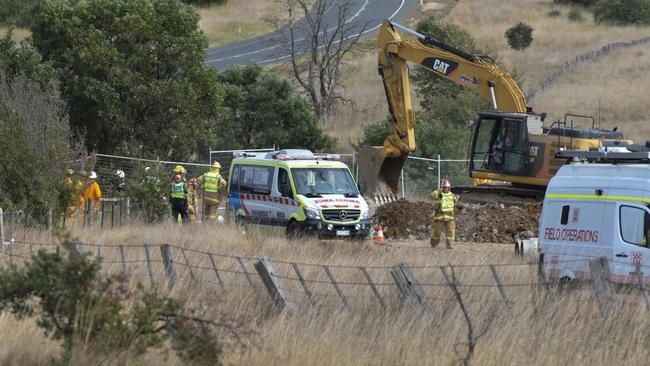
Mr Brownlee’s parents know their son was “talking lucidly to ambulance officers before a particular bucket movement” by the excavator, and then he wasn’t responsive, lawyer Mr Tobin said.
A construction excavator that was on site was used, not specialist trench rescue.
The coroner previously ruled that emergency services not using specialist trench rescue equipment would not be within the scope of an inquest.
Ms Hodgson said the bucket of the excavator got within about 50cm of the buried Mr Brownlee, hitting an ambulance officer’s helmet while they tried to rescue him, but the proximity of the excavator bucket had no bearing on the cause of death.
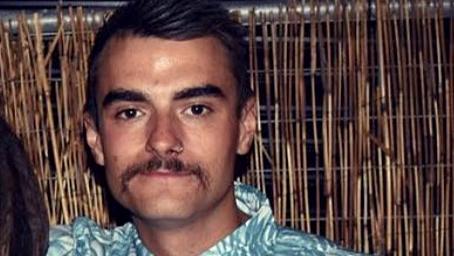
Ms Hodgson said the excavator bucket had been scraping the dirt away, not digging and therefore was not putting downwards pressure on Mr Brownlee’s buried body.
She said expert opinions tendered to the court found that any downward pressure would have been immediately alleviated by the removal of the soil and was unlikely to have contributed to Mr Brownlee’s death.
However, the families’ lawyers say the expert opinions did not accurately reflect the actual events of the incidents that was apparent in overhead video footage and testimony from witnesses at the scene.
The inquest was slated for June 3, but Ms Peterson vacated the hearing date while the dispute over evidence was interrogated.
New industrial manslaughter laws were passed in 2020 following the deaths of Mr Bronlee and Mr Howkins.
Employers can now face fines up to $16.5m dollars and up to 25 years’ jail for workplace manslaughter offences.
The families of Mr Howkins and Mr Brownlee were instrumental in the introduction of the new WorkSafe laws.





